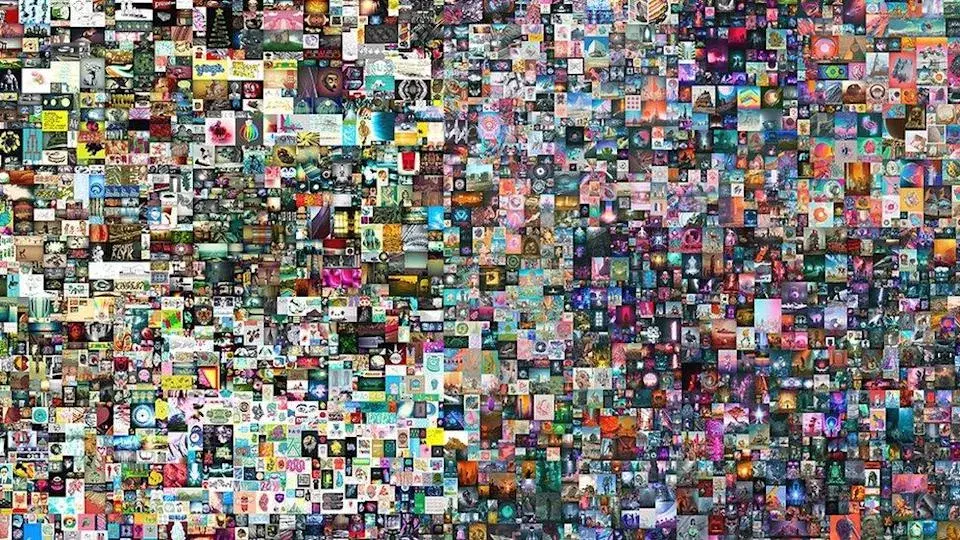NFTs and Money Laundering - Are Fraudsters Becoming Artists?
As non-fungible tokens fetch millions of dollars in auctions, it raises questions about the connection between NFTs and AML


In part 1 of this blog series my colleague defined NFTs or Non-Fungible Tokens. Now, I’m going to cover what it means for the wider financial crime space.
It is well known that dealing in art can be a vehicle for money laundering and terrorist finance. We saw this in the Panama Papers as well as the FinCEN files.
I think NFTs are even better for illicit purposes than traditional art, simply because the hurdles are lower. Art presents itself in many different ways, but to overly simplify I categorize it in two ways:
- Often the art in question is historical in nature (for example, paintings or antiques). They are physical objects, even if on occasion their provenance can be shady and their authenticity difficult to prove.
- Contemporary art, presented in a traditional, physical format may appear different in its subjects, forms and interpretation. However, as with older artworks, the identities of the artists are generally established. While some artists like Banksy remain anonymous to the public, it is not proving difficult to assign an artwork to them and I would argue that certain parties such as government agencies could work out who is behind the identity if they haven’t already.
When we move to the world of digital art and NFTs, the provenance and authorship of the works of art are obscure to say the least and they don’t fit into the categories I outline above. And yet they are exchanging hands for huge sums, making them a great vehicle for money launderers. So, how do criminals go about using NFTs to launder money?
Four steps to using NFTs for money laundering:
- Create the artwork. A single grey pixel sold for ~$1.4 million. The grey box at the top of the linked article is not a picture failing to load – it’s the artwork! Meanwhile these low-pixel 24x24 images of ‘punky-looking guys and girls’ (CryptoPunks) are according to their creators the first NFTs. They are generated algorithmically and they’re selling for millions of dollars – even though there’s no human artist involved in creating them beyond programming the algorithms. At the risk of sounding disdainful about these purported works of art, fraudsters can create similar works by programming the required algorithms without too much trouble (are they even fraudsters in this scenario, or actually artists?).
- Create the artist. Identity fraud is easier than ever thanks to the digital world we are living in. Fraudsters can steal identities, or artificially create them. It takes a little work, but with more and more services being digital, it’s not that hard to fake an identity, and to give it a life on Facebook, Instagram or with a few well-placed credit applications even in ‘real life’. Fraudsters can create months and years’ worth of identities that are completely made up. By using bots to create digital art and ascribing them to a fake identity that hides behind a nickname, you can achieve nearly peak anonymity.
- Create a web presence, using servers in jurisdictions that do not cooperate with international policing efforts.
- Trade your digital artwork (aka NFTs) using crypto currencies.
These four steps may seem a hypothetical scenario, but it is relatively simple and a tempting proposition for anyone looking to launder money. With art that is purely digital and can be created anywhere, there is no need for shipping, and nobody needs to put their hands on it. We have artists that might only be active via digital channels and thus have a purely digital identity. If there is nothing to show physically, you have even less reason to be anywhere in person. Such art is primarily traded on digital platforms using crypto currency, making tracking and controlling the trade and the vast sums of money behind it even more opaque.
When you examine the payments for the art pieces, you end up looking at crypto companies. Given how fast this market moves, I would argue that a lot of these crypto-finance companies have very little focus on KYC and AML, let alone any meaningful awareness of what they need to do. Coincidentally, around the time of writing this blog post, the FATF released a review of the virtual assets market. Their assessment of common issues in AML compliance amongst virtual asset service providers (see page 19/20 of the report) is damning.
In recent times there has been a push by regulators to ensure that auction houses thoroughly vet the identity of their customers and that crypto companies are properly regulated. It remains to be seen what effect this will have, but it could be too little, too late, and in the wrong place. ‘Everydays: the first 5000 Days’ has been sold via Christie’s. That grey pixel has been sold via Sotheby’s. But the CryptoPunks I previously referred to are still for sale via various channels. In 2020, the total value of CryptoPunks sold was about ETH208k (that’s Ethereum, a crypto currency), or $414 million.
This is a fast-paced market meeting a slow-moving regulatory environment. Will it give fraudsters and money launderers a low-risk, high-profit heyday?
Popular Posts

Business and IT Alignment is Critical to Your AI Success
These are the five pillars that can unite business and IT goals and convert artificial intelligence into measurable value — fast
Read more
FICO® Score 10T Decisively Beats VantageScore 4.0 on Predictability
An analysis by FICO data scientists has found that FICO Score 10T significantly outperforms VantageScore 4.0 in mortgage origination predictive power.
Read more
Average U.S. FICO Score at 717 as More Consumers Face Financial Headwinds
Outlier or Start of a New Credit Score Trend?
Read moreTake the next step
Connect with FICO for answers to all your product and solution questions. Interested in becoming a business partner? Contact us to learn more. We look forward to hearing from you.
